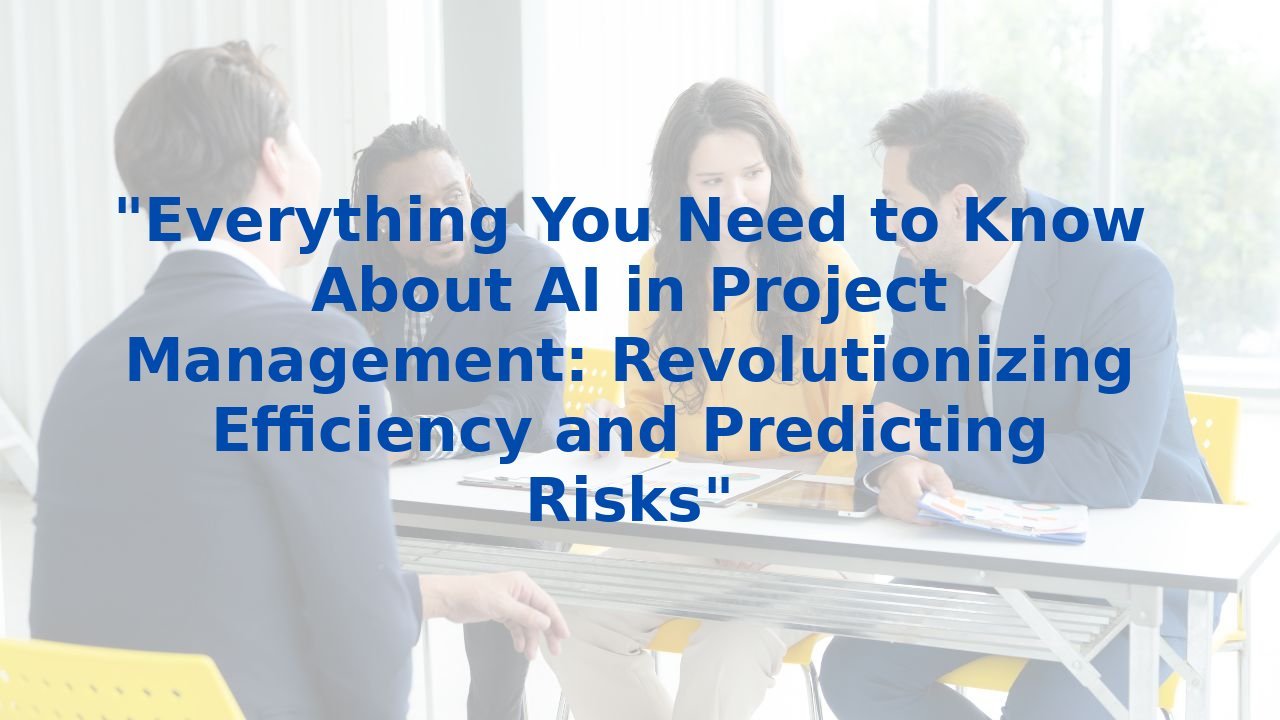The Ultimate Guide to Revolutionizing Forensic Science with AI
The Ultimate Guide to Revolutionizing Forensic Science with AI
Forensic science stands at the crossroads of technology and justice, embodying the meticulous analysis required to decipher criminal cases. With the profound impact of artificial intelligence (AI), this field is on the brink of a transformative evolution. AI is not just a buzzword; it's a pivotal tool that can enhance the efficiency and precision of forensic practices. Let's explore how AI can redefine the essential processes within forensic science and the benefits of integrating training programs for your workforce in this journey.
Enhancing Fingerprint Analysis
Fingerprint analysis remains one of the cornerstones of forensic investigation. Traditional methods require painstaking manual comparison, often leading to delays. Enter AI—leveraging machine learning enables automated fingerprint identification. By training on extensive datasets, AI can rapidly match latent fingerprints to known records, dramatically accelerating the identification process and allowing forensic professionals to focus on the narratives behind the evidence.
Revolutionizing DNA Analysis
DNA holds the key to many unresolved cases, but the complexity of its analysis can be overwhelming. AI simplifies this by automating the interpretation of DNA profiles. It can swiftly identify genetic markers and assist in kinship analysis, significantly enhancing the accuracy of these assessments. With AI shouldering the burden, forensic experts can redirect their focus towards the nuances of complex legal and ethical quandaries that might arise from their findings.
Digital Forensics and Pattern Recognition
As our digital footprint expands, so does the amount of evidence available in criminal investigations. Here, AI shines by analyzing vast datasets of digital evidence. Through sophisticated algorithms, machine learning, and deep learning techniques, AI can sift through this information, unearthing patterns that may elude human analysts. This capability is especially critical in the context of cybercrime, where the sheer volume of digital data is intensifying.
Facial Recognition and Voice Analysis
The role of AI in facial recognition and voice analysis cannot be overstated. AI systems trained on numerous images and recordings can identify and analyze faces and voices with remarkable precision, transforming surveillance capabilities and testimonies in criminal inquiries. However, as we embrace this technology, it is essential to maintain vigilance over inherent biases in AI algorithms and transparency in their operation.
Ballistics Analysis and Cold Case Resolution
AI's ability to assist in ballistics analysis offers law enforcement another edge in solving firearm-related crimes. Matching bullets and shell casings becomes more manageable, supplying crucial leads to investigators. Perhaps even more compelling is AI's potential in revisiting cold cases. Reexamining prior evidence through an AI lens may illuminate overlooked connections or evidence that was previously deemed inconclusive, offering hope for resolution where traditional methods have failed.
Reducing Bias and Enhancing Transparency
While AI holds immense promise, its implementation also raises ethical considerations. A significant advantage of AI is its potential to reduce gender and racial bias, especially in facial recognition and analysis. Yet, it is vital to address the potential bias within AI training data itself, ensuring that algorithms are refined for fairness and equity. Maintaining human oversight in AI applications ensures that justice is served impartially.
Training Employees for AI
The successful integration of AI into forensic science isn't just about the technology itself; it's also about the people who operate it. Training initiatives focused on equipping your workforce with AI knowledge can yield remarkable benefits. Employees must understand AI algorithms and the biases potentially impacting outcomes. Programs should also emphasize the importance of data integrity, ensuring that only reliable information trains these intelligent systems.
Furthermore, encouraging a mindset of human oversight in AI-driven decisions keeps forensic investigations aligned with ethical and legal standards. By fostering a culture of learning around AI applications, organizations can stay ahead of the curve, cultivate innovative thinking, and enhance their operational efficiency and effectiveness.
Conclusion
The journey of integrating AI into forensic science is not just necessary; it is revolutionary. From streamlining fingerprint and DNA analysis to improving digital forensics, AI is reshaping how evidence is processed and understood. As we harness these technologies, it is paramount to commit to an ethical framework that prioritizes fairness, transparency, and employee training. Embracing AI in forensic science opens the door to a future where justice is pursued more effectively, contributing to a safer society for all.



